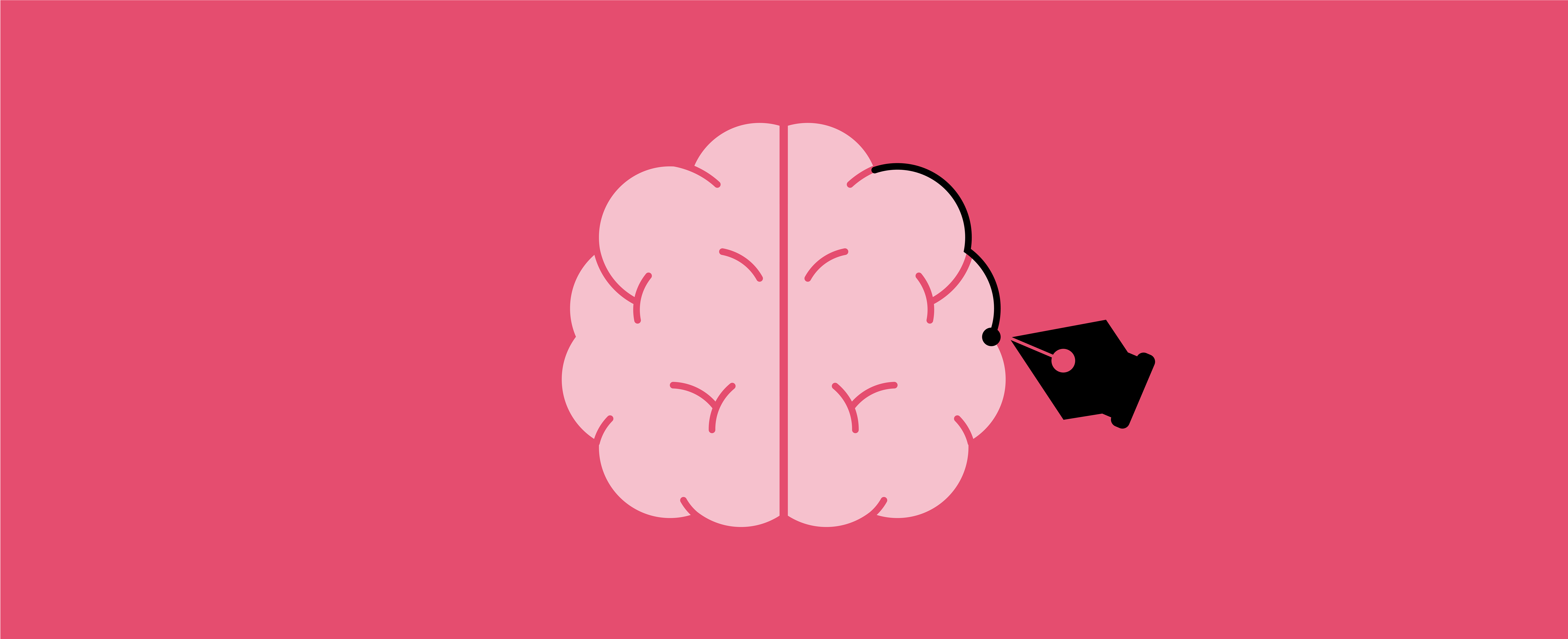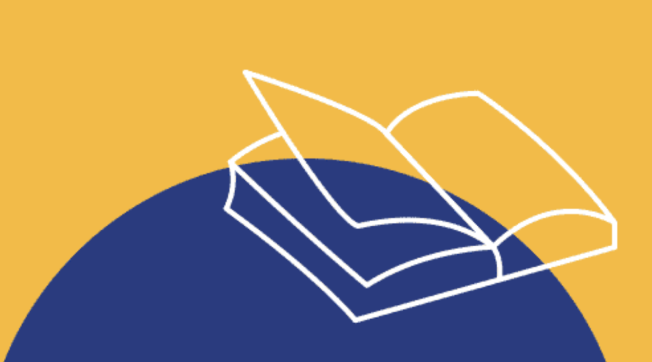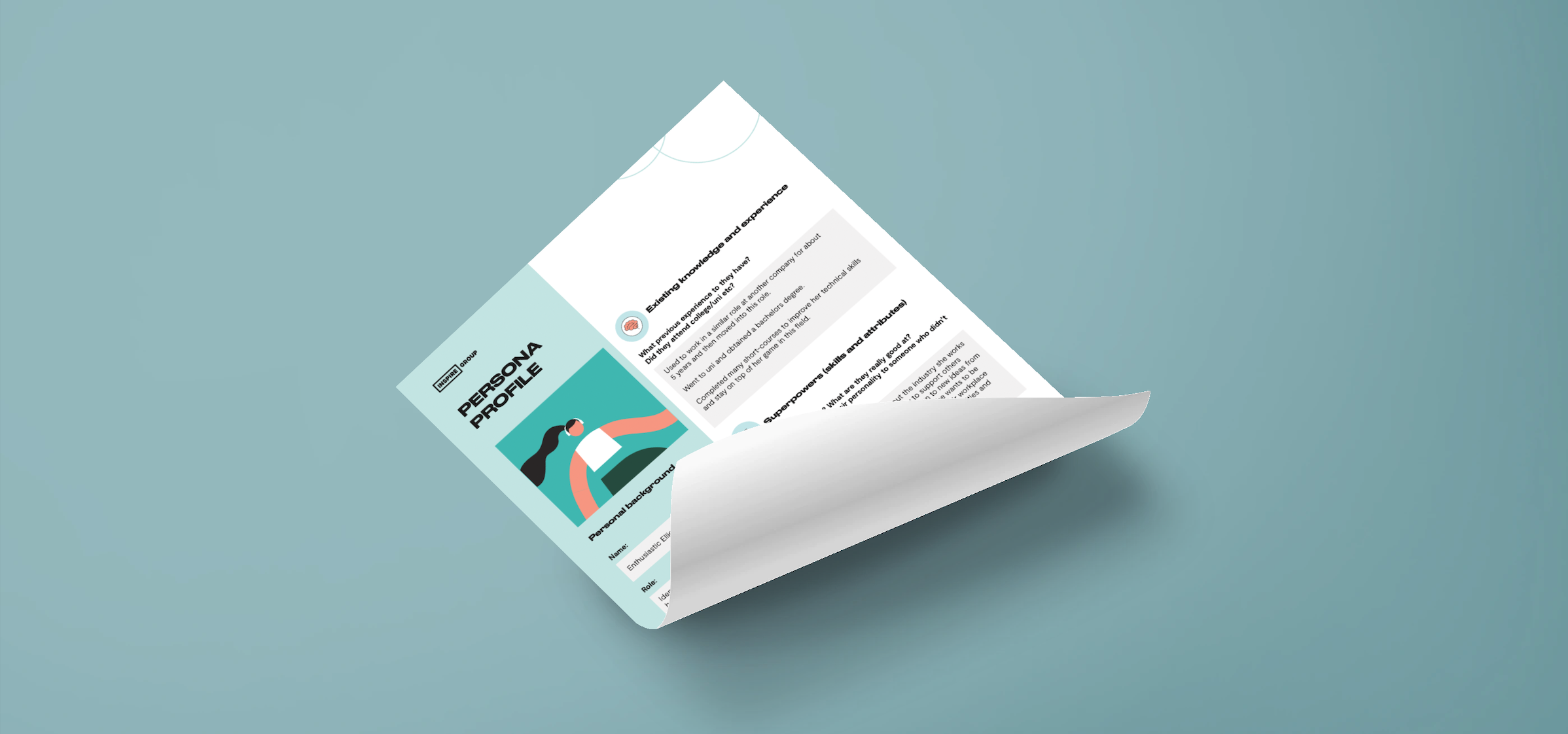The importance of visual design in learning design
They say a picture is worth a 1000 words. If this is true, just imagine the impact of visual design as it consists of far more than just pictures; it includes all aspects of visual communication. Visual design involves giving a hierarchy to information, making it more memorable and easier to digest. It provides visual connections within the content using colour, bringing stories to life through illustrations and helping to reinforce brand values; the list goes on.
We sat down with our global team of visual designers to hear their thoughts on the importance of visual design in learning design and to get a few tips on how learning designers and visual designers can best collaborate.
What is the role of visual design in learning design?
When there’s a balance between the visual design and learning design, it’s like watching a ballet duet. It’s beautiful, effortless and enjoyable. When that balance is off, it becomes evident and frankly uncomfortable to watch. You count down the minutes to the end of the show and feel frustrated that you have to sit through it.
The same goes for our learners. We want to have perfect harmony between the learning design and the visual design, to create a valuable and enjoyable learning experience. They are mutually dependent on one another.
Visual design is about more than 'adding a bit of spice', 'making it pop' or 'making it look pretty'. Good design has to have brains, not just beauty.
Have a look at what other benefits it has when you incorporate it with learning design.
It reduces the content without sacrificing the substance
Too much information on a page is overwhelming and for most people not their idea of fun. Through learning design we use chunking as a way of organising lots of learning content into smaller sections, making it easier for the learner to digest. You can also use visual design to help reduce the amount of content, through well-designed images.
You might have to write a paragraph to give someone an idea of a scenario and convey enough detail to make it understandable. That same amount of information can be reduced to a few sentences by adding visuals to the scenario to convey some of the information, making it less cumbersome for the learner. Just imagine if T&Cs could be changed to an infographic!
NBN from Inspire Group on Vimeo.
It creates patterns and connections
Visual design makes content easy to digest, engaging and understandable, by creating patterns and connections between ideas. The job of the visual designer is to make the content more functional and to create a seamless flow from one chunk of information to the next.
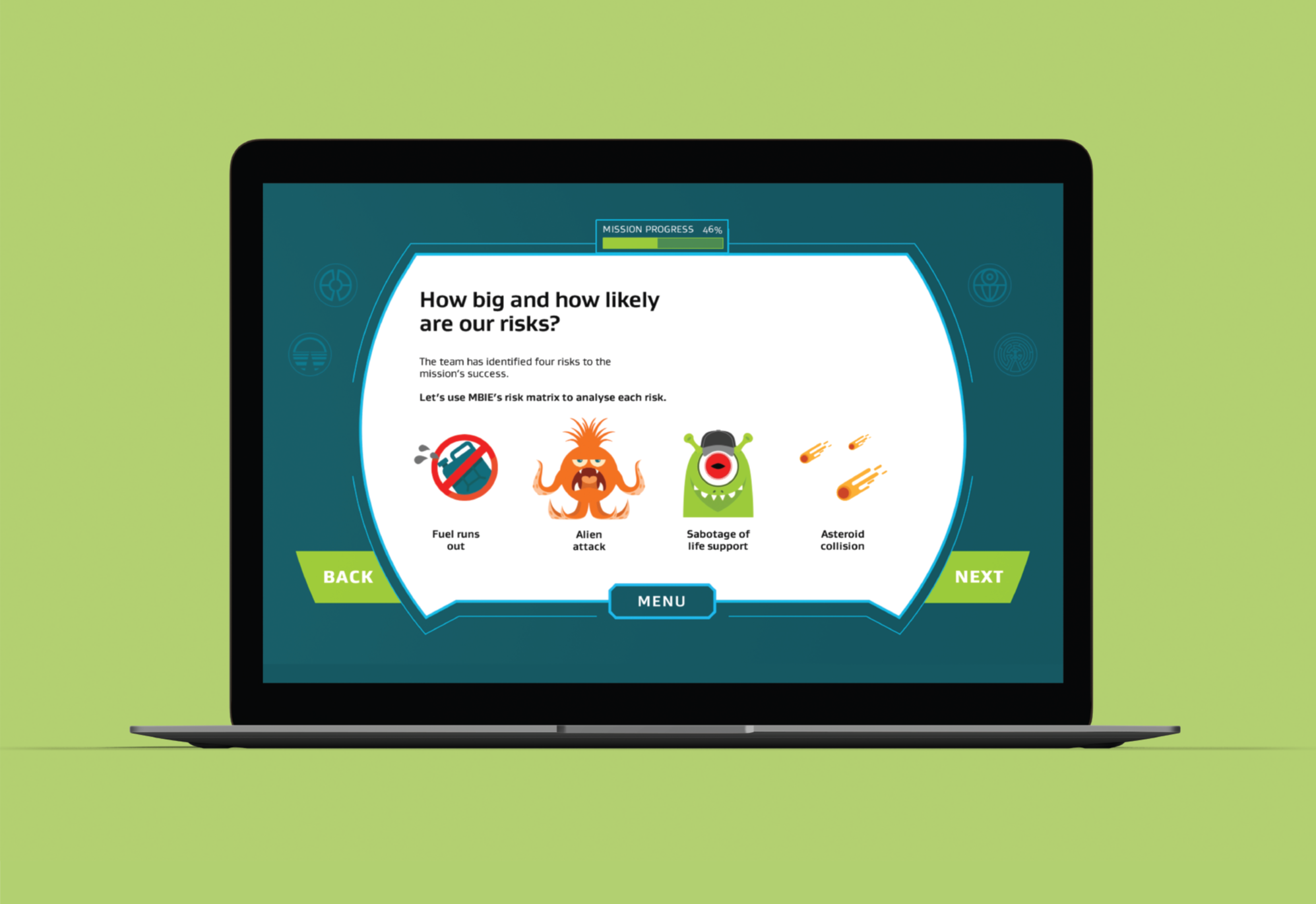
It adds an element of surprise
Visual design can surprise and delight, using visual nuggets here and there throughout the learning solution. It gives the learner the opportunity to take a breather, adds a bit of humour or excites them about what else is to come. It can breathe new life into dull information, by presenting it in an unexpected way. David McCandless’s book Information is Beautiful, offers many examples of this.
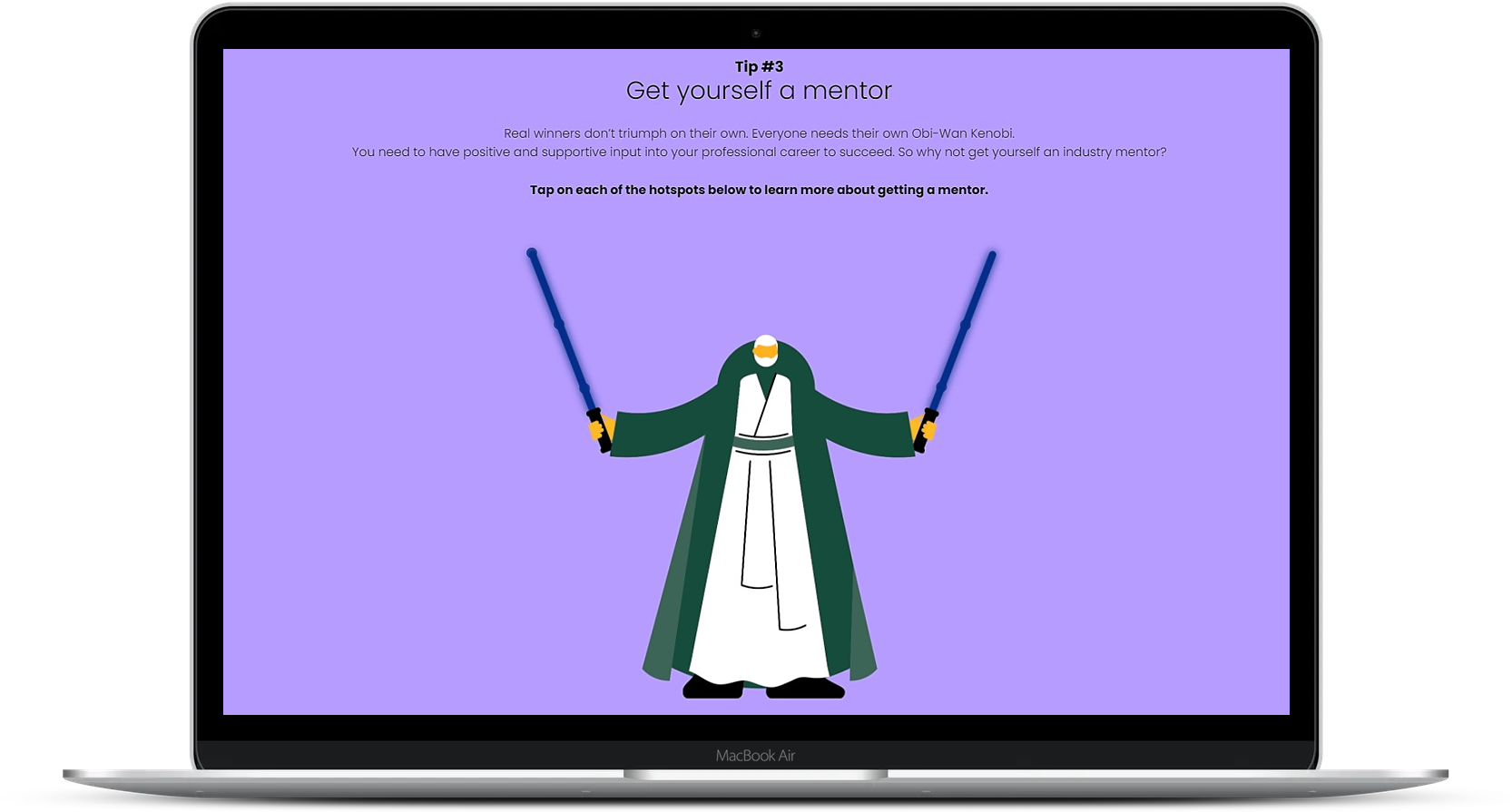
It adds authenticity
Just imagine watching a romantic comedy with your eyes closed, with no background music. Very cheesy right? Now add the music and the visuals and while it’s still cheesy, chances are that it will start tugging away at your heart strings.
Adding visual design to a learning solution, engages the learner to connect with the content on a more emotional level. Instead of learning about safety and wellbeing, maybe they experience it through the eyes of a character witnessing a work-related injury. If we want to change the learner’s behaviour and actions we need to speak to the heart of it, through a solution that is relatable and effectively communicates why it should matter to them and what difference it will make.
.png?width=1666&name=Unconscious%20bias%20(3).png)
Tips for learning designers on collaborating with visual designers
- Engage the visual designer as early as possible in the design process. Collaboration between learning designers and visual designers throughout the process will result in a richer learning solution. It allows each party to play to their strengths and collaboratively challenge each other to think outside the box.
- When briefing the visual designer, describe the big picture ideas of what you are trying to achieve through the solution, rather than being too prescriptive with the detail of each part. Take a step back and allow the visual designer to be a part of the solution, rather than just coming in at the end to 'make it pop'.
- Stay connected through regular catch-ups. Riffing on the solution, especially in the early stages, might feel time consuming but it will make the rest of the process much smoother, because everyone will be on the same page. Communication is key in developing this partnership. If the visual designer can also meet with the client and/or SMEs, this can go a long way to providing more context and a better understanding of the project as a whole.
- Have a realistic idea of how long it takes to develop images or layouts. Expecting a visual designer to 'just quickly illustrate a character or come up with a logo' is unrealistic and unfair. The creative process takes time and there are many steps involved. Ask the visual designer to give you an estimate on how long it will take them to create visuals for the project.
There’s no denying that visual design forms an integral part of our daily lives, as well as the learning process. As a popular saying goes, ‘Good design is invisible and bad design is everywhere.’ Good design can only be achieved through the perfect harmony that exists between learning design and visual design. There must be effective communication and collaboration throughout the design process, to create a learning experience that is valuable, engaging and memorable for our learners.
About the author
I'm Frieda, lover dad jokes, fairy-tale endings and outdoor adventures with my family. For almost a decade I designed learning solutions for my Science and Biology high-school students. Now my audience includes a variety of learners from different skill levels and organisations. Since joining Inspire Group, every day has been a meaningful experience collaborating with the team and our clients to design learning that is life changing.
